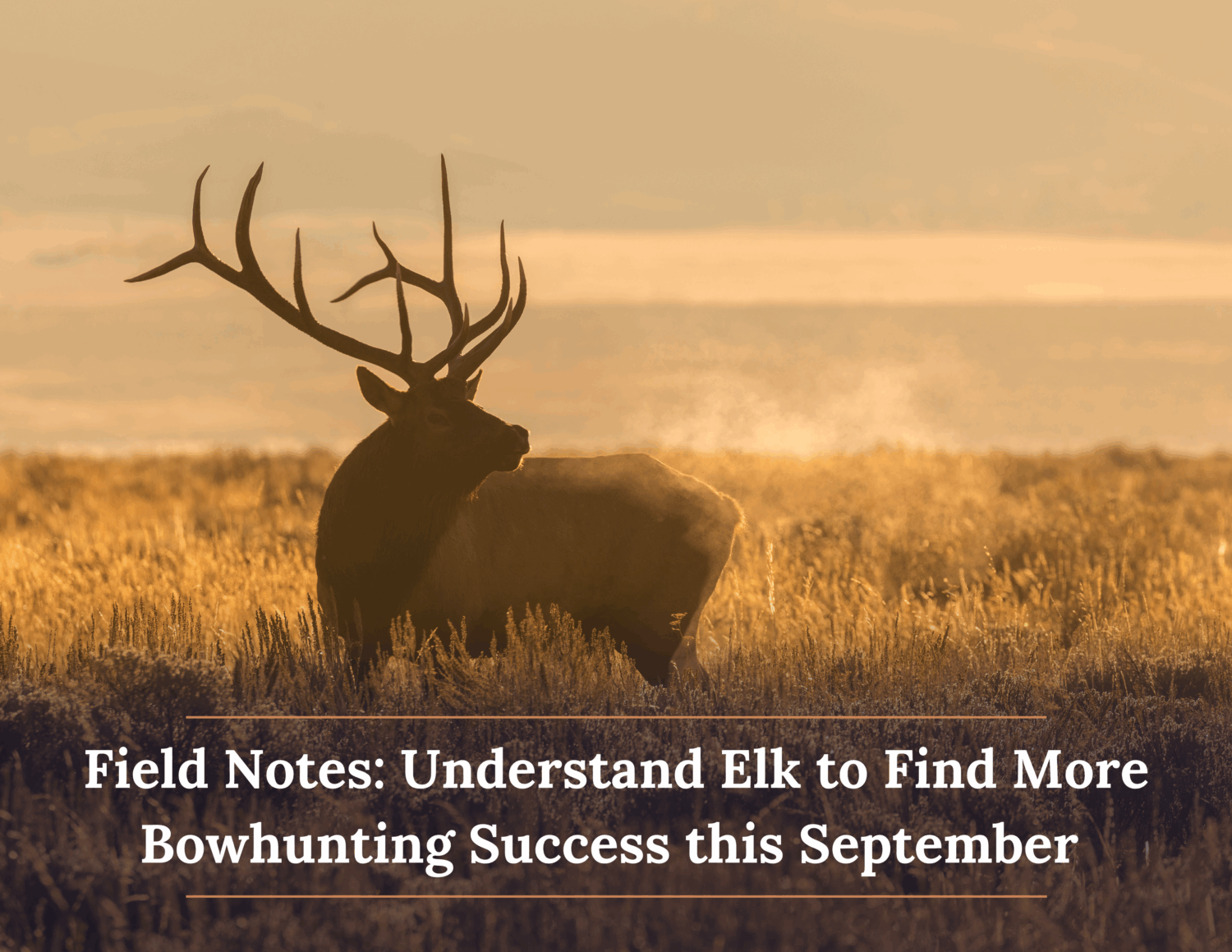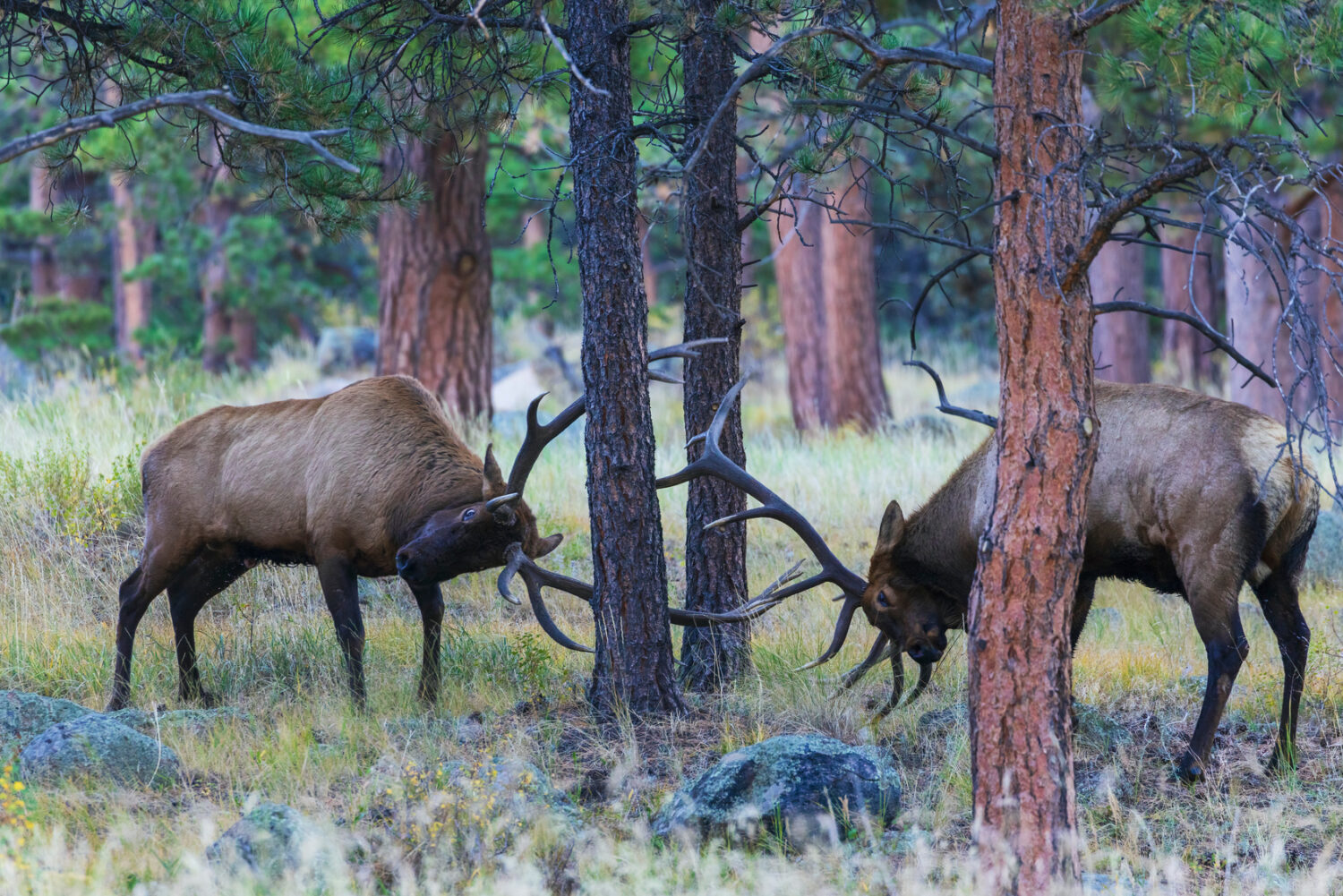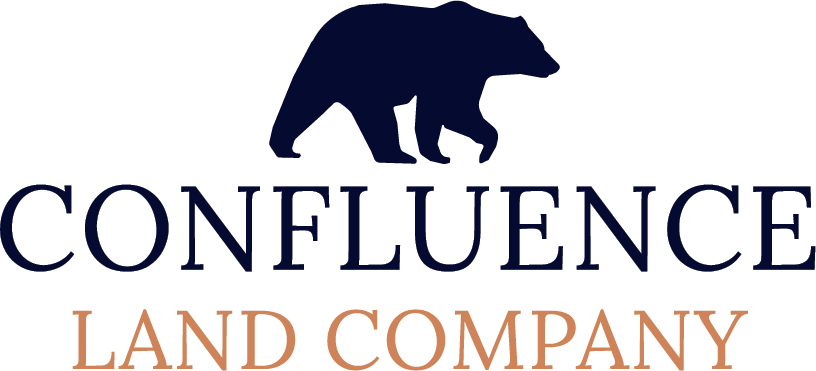Read the Room: Understand Elk to Find More Bowhunting Success this September

There are few moments in the outdoors that rival the thrill of calling a bull elk into bow range. Successfully calling elk, however, depends on more than just making noise- it’s about reading the animals, understanding herd dynamics, and tailoring your approach to the situation in front of you. From early season bugles to the full-blown chaos of peak rut, each hunting scenario demands its own tactics. In this month’s Field Note, we examine three common scenes you may encounter in the elk woods to help you understand, identify, and capitalize on whatever this September may bring.
The Loner
What’s Happening: A lone, bugling bull often presents a hunter’s best opportunity for a successful call-in. These encounters generally occur early in the season (think end of August to the tenth of September), as summer bachelor groups have just dispersed, and bulls are beginning to seek cows to pursue for their mating harem. As such, these lone bulls are interested in social interaction and are often receptive to a variety of calling strategies.
How to Identify It: Lone-bull scenarios are best identified by bugle sound, location, and movement. Repeated single, similar-sounding location bugles over the course of 15-45 minutes, with no other bugling activity, can be a good sign of a lone bull looking for love. This is especially true if the bugles are stemming from atop a ridge, as bulls often seek high ground to maximize the sound-carry of their calls. These lone bulls will also often cover great distances as they prospect for cows, so don’t be surprised if you chase the same bugle for quite a long way before finally catching up.
How to Play It: An early-season lone bull has likely not yet been called to by previous hunters, making this situation ripe for call-in potential and a great encounter. While bugling at these bulls can be effective, their primary focus is on finding cows. Take advantage of a lone bull’s frequent bugling to sneak in on their location undetected, then offer some light cow mews or lost calf calls and prepare for a show. Be sure you’re set-up with good cover and shooting lanes before you begin calling- these lone bulls can storm in very quickly once they think a cow has entered the picture.
The Stubborn Bull
What’s Happening: Unlike lone bulls, single bulls with cows are not often receptive to basic cow calling; after all, they’ve already established their harem. While there are several trains of thought as to calling these “locked-up” bulls, one of the most effective (and least intrusive) tactics is to focus on intriguing his cows, in hopes they lead the bull right to your setup.
How to Identify It: Single bulls with cows will sometimes bugle, but often not extensively as they want to avoid attracting competition from other bulls. More often than not, bulls with cows will bugle quietly in tandem with other common rutting indicators such as raking, panting/pleading, and perhaps even some glunking. Of course, cow noises may be heard in this scenario as well. Glassing can be another great way to identify bulls with cows- catching the elk grazing early and noting where they enter the timber can key you into quiet herds that are avoiding the spotlight and may otherwise go unnoticed.
How to Play It: Successfully calling cows almost always hinges on your ability to trigger their maternal instincts. Once you’ve moved within striking distance of the herd, use high pitched calf mews to mimic a calf that has become lost or separated from the group. If the cows are not immediately receptive, continue calling, increasing the emotion of your mews and extending the high notes to signal exasperation. The cows will often signal their approach with mews of their own. Make sure you’re comfortable and well-located when using this approach, as the bull is often the last elk in the herd to appear, and you may be examined by the cows for quite a while before an opportunity to take a shot at the bull presents itself.

The Rut-Fest
What’s Happening: It’s September 20th, the morning is crisp, and the timber is roaring with constant echoing bugles from several different herds of elk. These high-intensity, peak-rut days are the moments archery elk hunters live for each year. While the sheer amount of rut activity can make it feel as though success is a sure thing, any experienced bowhunter will tell you that is simply not the case. In fact, with several herd dynamics at play and a lot of eyes to deal with, these scenarios can actually present some of the most challenging hunting of the year.
How to Identify It: There is no mistaking this situation- you’ll hear multiple bulls, lots of back-and-forth bugling, and just general chaos in the woods. With so many elk present, you’re also likely to see elk, whether it’s satellite bulls paralleling the herd in hopes of stealing a cow, or whole parties of cows and bulls taking part in the action.
How to Play It: If your goal is “simply” to harvest a legal bull, parallel the herd and wait for an opportunity to call a satellite bull in by mimicking a cow that’s been separated from the herd. Be patient in your calling setup and stay alert as these smaller satellite bulls often come in unannounced. If you’re gunning for the king-of-the-herd, it’s best to wait for midday, when the elk bed down, before making an approach. At that point, you can sneak in close and ease into cow sounds, slowly increasing in frequency. Eventually, that bull’s interest will get the best of him, and he’ll come over in an effort to scent-check the cow and see if she’s coming into heat. Again, stay alert, as this is another situation that frequently results in silent call-ins.
Whether you’re hunting the Piñon-Juniper country of New Mexico, the high peaks of Colorado, or the timbered breaks of Montana, September is a magical time of year to chase elk across the West. For many of our landowners, archery season is a great time to enjoy the investment they’ve made in rural land, spend invaluable time with family and friends, and connect with all that the outdoors has to offer. If you would like to explore elk hunting properties, discuss the hunting and big-game management of your property, or simply “talk shop” about elk tactics, you please feel free to Contact Us anytime.

